当前位置:网站首页>Nodes in the linked list are flipped in groups of k
Nodes in the linked list are flipped in groups of k
2022-08-10 22:30:00 【dry rice white】
描述
将给出的链表中的节点每 k 个一组翻转,返回翻转后的链表
如果链表中的节点数不是 k 的倍数,将最后剩下的节点保持原样
你不能更改节点中的值,只能更改节点本身.
数据范围: \ 0 \le n \le 2000 0≤n≤2000 , 1 \le k \le 20001≤k≤2000 ,链表中每个元素都满足 0 \le val \le 10000≤val≤1000
要求空间复杂度 O(1)O(1),时间复杂度 O(n)O(n)
例如:
给定的链表是 1\to2\to3\to4\to51→2→3→4→5
对于 k = 2k=2 , 你应该返回 2\to 1\to 4\to 3\to 52→1→4→3→5
对于 k = 3k=3 , 你应该返回 3\to2 \to1 \to 4\to 53→2→1→4→5
This topic has beenAC

解题思路:
拿到这题,One idea is to use the stack to write.As for why I thought of using a stack?Because it needs to be reversed,Here I see the requirements of the title,空间复杂度为 O(1).The first idea is to save the value,通过 newA new node has been implemented.但是仔细一想,It seems impossible,Because the space complexity is definitely not in line with this,突然灵机一动,We can use the stack to store nodes that are pointers,nice.
1→2→3→4→5 k = 2时
1→2→3→4→5 k = 3时
4和5It doesn't need to be flipped,So if you use a stack, it will bring another problem,Because the stack structure is first in last out,If you use the stack to save it will definitely lead to,4,5will also be flipped.
这里有两个解决方法,
1.把4,5再次入栈(入另一个栈),然后再输出 ok
2.Might as well not use the stack structure,We use a two-way queue(Moreover, the efficiency of inserting and deleting at the front and rear ends of the two-way queue is also quite high,So we use this structure best)
Let's look at an example:
1→2→3→4→5 k = 3时
准备工作,A pointer to this linked list head.一个deque,一个中间变量 tmpk
Some handy auxiliary pointers s和ans




Here we make a loop,while(head != nullptr) 是的,It can be done in one pass


此时退出循环,okk
判断 que是否为空或者tmpk是否等于 0
如果que不为空的话,说明queAt this time, the node does not need to be flipped
所以

那么这题就ok了,Of course the topic has some details,This can only be modified according to the actual test emptying
比如 {},2 {1,2},3 {1},2等
Attached the code I passed:
class Solution {
public:
/**
*
* @param head ListNode类
* @param k int整型
* @return ListNode类
*/
ListNode* reverseKGroup(ListNode* head, int k) {
// write code here
deque<ListNode*> sta;
int tmpk = k;
ListNode *s = nullptr;
ListNode *ans = nullptr;
while(head != nullptr)
{
sta.push_back(head);
head = head->next;
tmpk--;
if(tmpk == 0)
{
if(s == nullptr)
{
s = sta.back();
sta.pop_back();
ans = s;
}
while(!sta.empty())
{
s->next = sta.back();
sta.pop_back();
s = s->next;
}
tmpk = k;
}
}
while(!sta.empty())
{
if(s == nullptr)
{
s = sta.front();
sta.pop_front();
ans = s;
}
else
{
s->next = sta.front();
sta.pop_front();
s= s->next;
}
}
if(s != nullptr)
s->next = nullptr;
return ans;
}
};
边栏推荐
- [Maui official version] Create a cross-platform Maui program, as well as the implementation and demonstration of dependency injection and MVVM two-way binding
- 【开源教程5】疯壳·开源编队无人机-飞控固件烧写
- What is Jmeter? What are the principle steps used by Jmeter?
- 虚拟地址空间
- Web Reverse Lilac Garden
- Exploration and practice of the "zero trust" protection and data security governance system of the ransomware virus of Meichuang Technology
- 翻译科技论文,俄译中怎样效果好
- 特别的三杯鸡
- 链表中的节点每k个一组翻转
- Use Cloudreve to build a private cloud disk
猜你喜欢
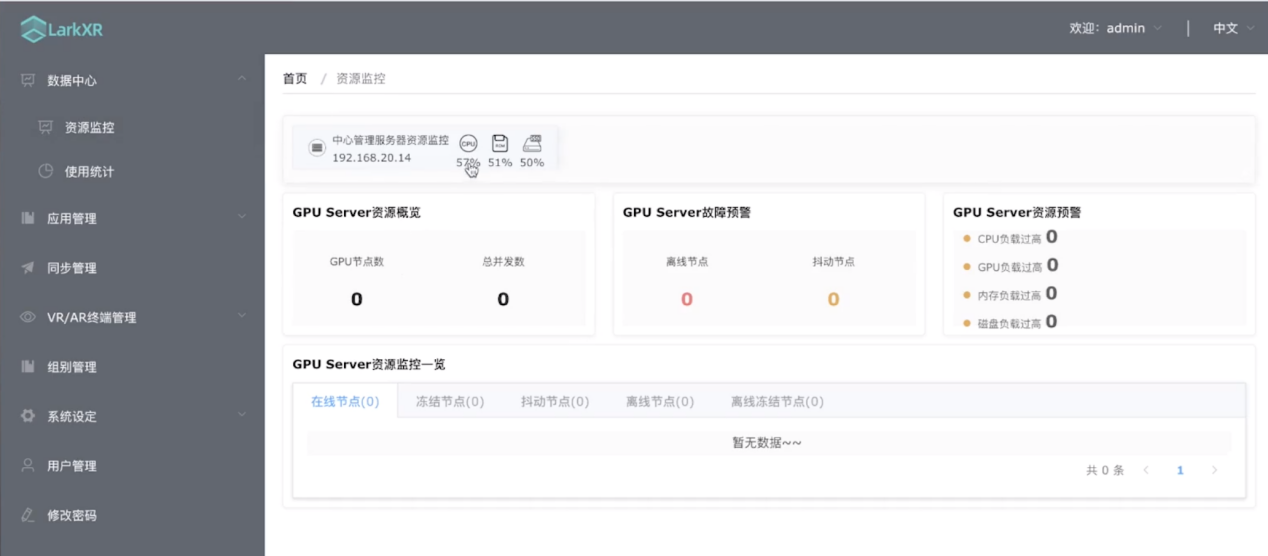
阿里云架构师金云龙:基于云XR平台的视觉计算应用部署
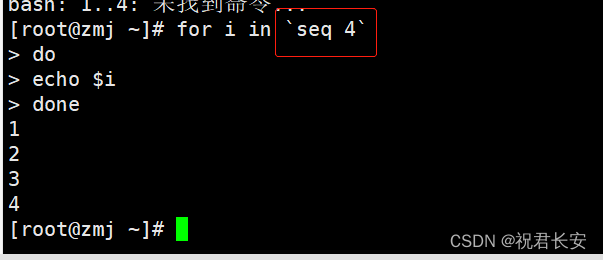
A shell script the for loop statements, while statement
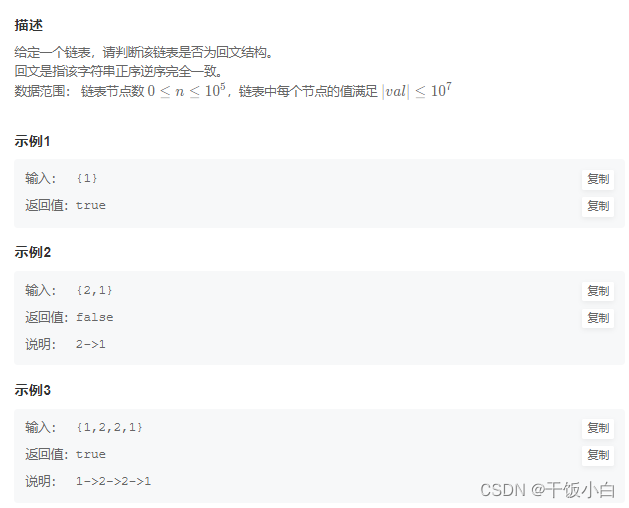
BM13判断一个链表是否为回文结构

LeetCode每日两题02:反转字符串中的单词 (均1200道)

These must-know JVM knowledge, I have sorted it out with a mind map
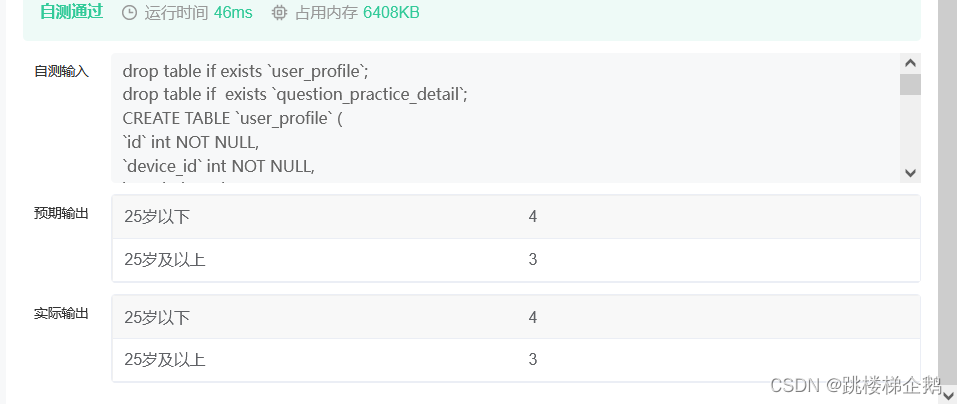
【SQL刷题】Day3----SQL必会的常用函数专项练习
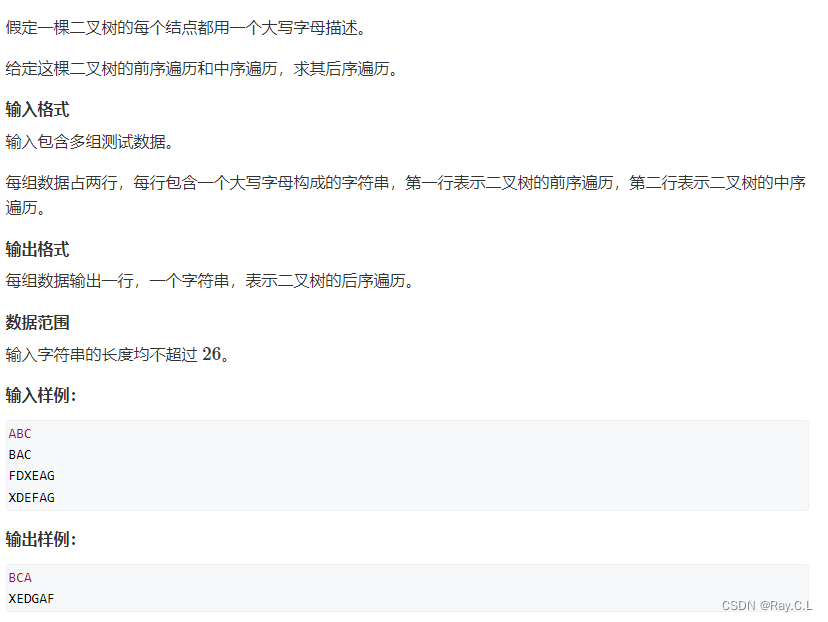
3598. 二叉树遍历(华中科技大学考研机试题)

黑猫带你学Makefile第13篇:Makefile编译问题合集

罗克韦尔AB PLC RSLogix5000中计数器指令使用方法介绍

Regular expression of shell programming and text processor
随机推荐
win系统下pytorch深度学习环境安装
威纶通触摸屏如何在报警的同时,显示出异常数据的当前值?
xshell (sed 命令)
力扣221题,最大正方形
2022.8.9 Mock Competition
String类的常用方法
【SQL刷题】Day3----SQL必会的常用函数专项练习
LeetCode-36-Binary search tree and doubly linked list
LeetCode每日一题(1573. Number of Ways to Split a String)
labelme - block drag and drop events
Translating scientific and technological papers, how to translate from Russian to Chinese
STL-deque
财务年报怎样翻译,为什么要选择专业翻译公司?
The perfect alternative to domestic Gravatar avatars Cravatar
论文解读(g-U-Nets)《Graph U-Nets》
QT笔记——用VS + qt 生成dll 和 调用生成的dll
BM7 链表中环的入口结点
力扣215题,数组中的第K个最大元素
Shell编程之条件语句(二)
Play RT-THREAD of doxygen